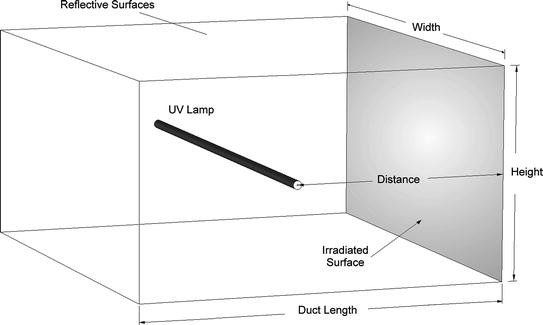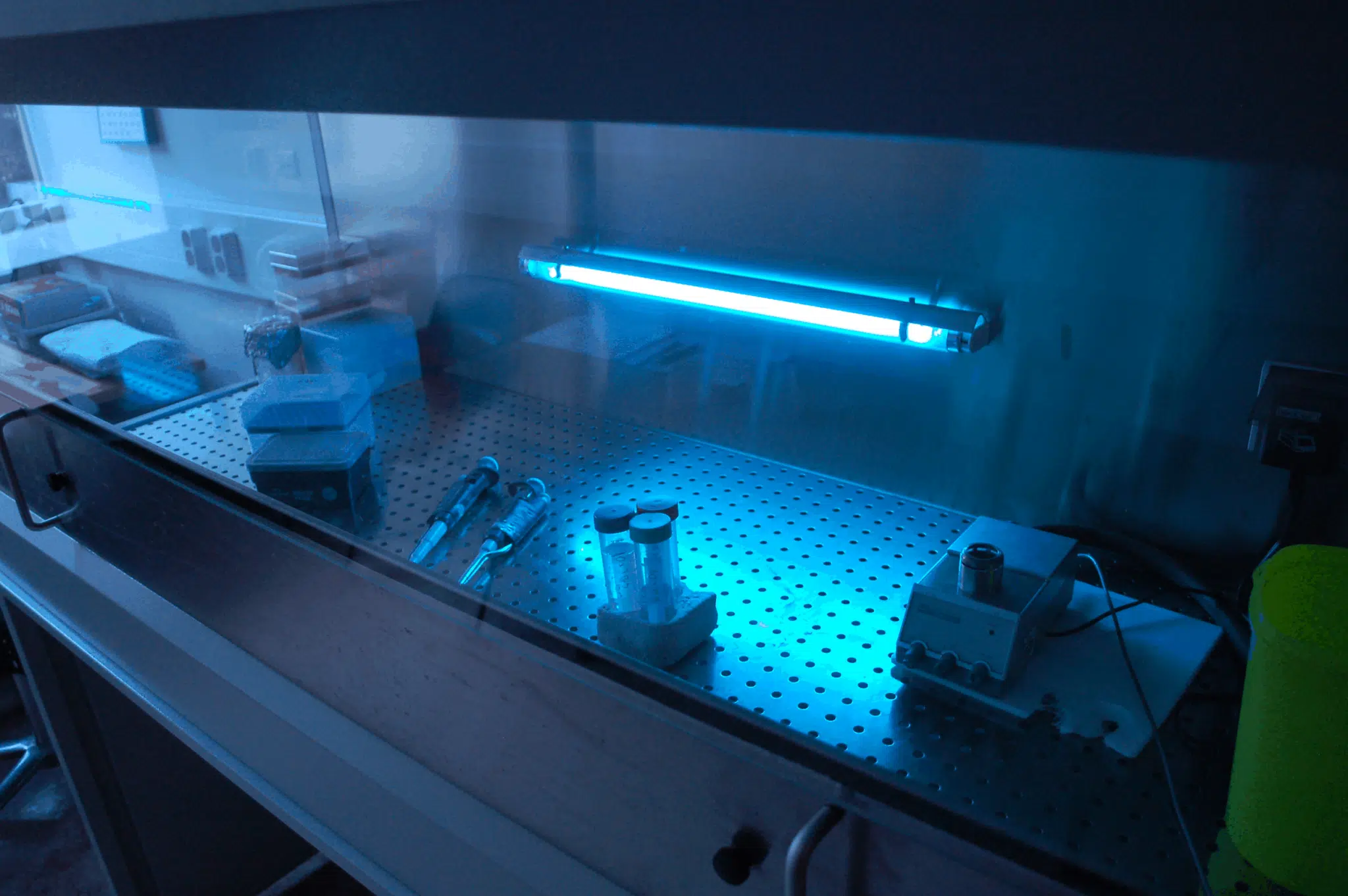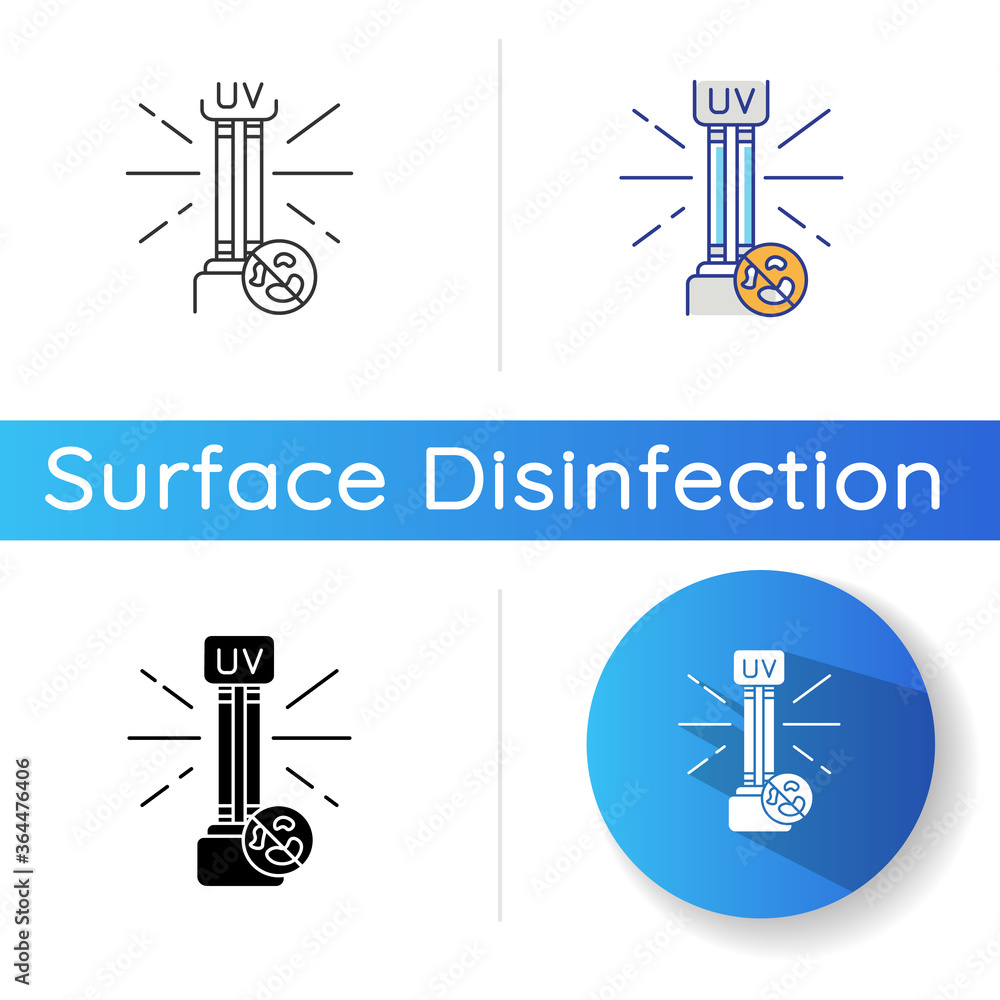Using the Possible of UV Sanitation: Safeguarding Health And Wellness and Hygiene
As the globe faces the recurring pandemic and the consistent hazard of transmittable diseases, the relevance of maintaining wellness and hygiene has never been much more obvious. In this context, using the capacity of UV sanitation arises as a promising solution. UV disinfection, an innovation extensively used in numerous markets, has verified reliable in removing hazardous virus. There is much more to discover behind the scientific research of UV disinfection and its applications. From recognizing the mechanisms at play to applying this technology in our every day lives, this conversation aims to clarify the possibility of UV disinfection and its function in securing our health and hygiene.
Comprehending UV Disinfection
UV sanitation is an extremely reliable and extensively made use of technique for eliminating damaging virus and ensuring health and wellness and health. This method uses ultraviolet (UV) light to inactivate bacteria by damaging their DNA and preventing them from recreating. UV disinfection is particularly effective versus microorganisms, infections, and various other bacteria that can trigger diseases and infections.
The principle behind UV sanitation is straightforward yet effective. When UV light is emitted at a specific wavelength, it penetrates the microorganism's cell wall surface and interrupts its hereditary material. This process, known as photodissociation, results in the development of thymine dimers, which protect against the microbe from duplicating and rendering it harmless. UV sanitation can be used in different settings, including water treatment plants, healthcare facilities, food handling sectors, and air filtration systems.
One of the benefits of UV disinfection is its capacity to successfully and efficiently remove a variety of virus without the need for chemicals or ingredients. Unlike various other disinfection approaches, such as chlorine or ozone, UV disinfection does not introduce harmful byproducts or chemical residues right into the setting. Furthermore, UV sanitation is a non-contact process, which suggests that it does not require physical call with the microorganisms, decreasing the risk of cross-contamination.

The Science Behind UV Disinfection
The performance of UV disinfection exists in its ability to interrupt the hereditary material of bacteria, providing them unable to duplicate and therefore eliminating their dangerous possibility. UV, or ultraviolet, radiation is a form of electro-magnetic radiation with wavelengths much shorter than visible light. It is categorized right into 3 types: UV-A, uv-c, and uv-b. UV-C radiation, especially, has the fastest wavelength and the highest energy. Because it can penetrate the cell walls of bacteria and harm their DNA or RNA., this high-energy UV-C radiation is most reliable in sanitation applications.
When microorganisms are exposed to UV-C radiation, the energy is absorbed by their genetic material, triggering bonds to break and developing chemical responses that interrupt their capacity to duplicate. This protects against the microorganisms from spreading out and reproducing infection. UV sanitation is specifically reliable against germs, fungi, and viruses, consisting of common pathogens such as Escherichia coli, Salmonella, and Flu.
The scientific research behind UV sanitation is sustained by extensive study and researches. It has actually been revealed that direct exposure to an adequate dose of UV-C radiation can attain a high level of disinfection, often going beyond 99.9% effectiveness in killing microbes. Nevertheless, it is very important to note that the performance of UV sanitation depends on numerous elements, including the strength of UV-C radiation, exposure time, range from the UV source, and the sensitivity of the bacterium to UV radiation.
Applications of UV Disinfection
Offered the comprehensive study and efficacy of UV sanitation in interrupting the hereditary product of microorganisms, it is essential to explore the numerous practical applications of this innovation. UV sanitation has shown to be a beneficial tool useful site in a large range of industries where preserving a tidy and safe setting is important.
One significant application of UV uv surface disinfection sanitation remains in healthcare settings. UV light can be utilized to decontaminate surfaces, equipment, and even the air in health centers and medical facilities. This helps to minimize the threat of healthcare-associated infections and makes certain a safer environment for clients and health care employees.
One more vital application remains in the food and drink sector. UV sanitation is used to treat water and eliminate damaging pathogens, such as E. coli and Salmonella, from the production process. uv surface disinfection. This guarantees the security and high quality of the products we consume
UV disinfection is also widely used in water therapy plants and wastewater therapy centers. It is a reliable technique for damaging dangerous microorganisms, infections, and bloodsuckers that can be existing in water sources. This assists to offer clean and risk-free drinking water to areas and protect the setting from air pollution.
In addition, UV sanitation is utilized in the pharmaceutical market to sanitize equipment and maintain the integrity of items. It is likewise made use of in research laboratories and research study facilities to avoid contamination and guarantee accurate outcomes.
Benefits of UV Disinfection Technology
One significant advantage of utilizing UV disinfection innovation is its ability to effectively eradicate microbes without making use of rough chemicals. This is specifically helpful in numerous setups, such as medical care centers, water treatment plants, and food processing industries, where the visibility of damaging microorganisms presents a significant danger to public wellness and safety and security.
Unlike conventional sanitation methods that rely upon chemicals like chlorine or ozone, UV disinfection innovation makes use of ultraviolet light to target and destroy the DNA of microbes, effectively neutralizing their capability to duplicate and cause infections. This procedure not just gets rid of the need for potentially hazardous chemicals however also reduces the threat of chemical deposit dig this or results staying in the cured environment.

In addition, UV disinfection modern technology is eco-friendly. As it does not rely upon using chemicals, it gets rid of the demand for their manufacturing, disposal, and transportation, reducing the general carbon footprint connected with sanitation procedures. Furthermore, UV sanitation systems have a longer life expectancy contrasted to chemical-based approaches, resulting in much less frequent replacement and more decreasing waste.
Applying UV Disinfection in Every Day Life
To efficiently execute UV sanitation in daily life, organizations and people can incorporate mobile UV sterilizing tools right into their hygiene regimens and cleaning up methods. These tools are made to give off ultraviolet light, which has actually been shown to kill or inactivate a wide variety of microorganisms, including fungis, microorganisms, and viruses. By utilizing mobile UV sanitizing tools, people can sanitize frequently touched surfaces and objects, such as mobile phone, keys, laptop computers, and doorknobs, reducing the threat of spreading out germs and infections.
In addition to incorporating mobile UV disinfecting tools, it is very important to adhere to appropriate standards and recommendations for effective UV sanitation. This includes ensuring that the tool is utilized correctly and for the advised period to achieve ideal disinfection outcomes. It is additionally crucial to focus on security actions, such as putting on protective eyeglasses and avoiding straight exposure of the UV light to the skin.

In addition, organizations can execute UV disinfection modern technology in different settings to improve hygiene practices. For example, medical facilities and medical care facilities can make use of UV disinfection robots to sterilize person spaces, running theaters, and various other high-touch locations. Food processing sectors can integrate UV disinfection systems into their assembly line to boost food security and avoid contamination.
Conclusion
In conclusion, UV sanitation technology holds excellent possible in safeguarding health and wellness and hygiene. With its numerous advantages, UV disinfection is an important device for maintaining a healthy and clean setting.
Unlike various other sanitation approaches, such as chlorine or ozone, UV sanitation does not present unsafe spin-offs or chemical deposits right into the environment. It is crucial to note that the effectiveness of UV disinfection depends on different factors, including the intensity of UV-C radiation, direct exposure time, range from the UV resource, and the susceptibility of the microbe to UV radiation.
Another benefit of UV disinfection modern technology is its ability to give constant and quick disinfection. Unlike manual cleaning methods, which can be time-consuming and require substantial labor, UV sanitation systems can be automated and run continually, making certain constant sanitation without human intervention.To effectively carry out UV sanitation in everyday life, companies and individuals can integrate portable UV sanitizing devices right into their hygiene routines and cleaning up practices.